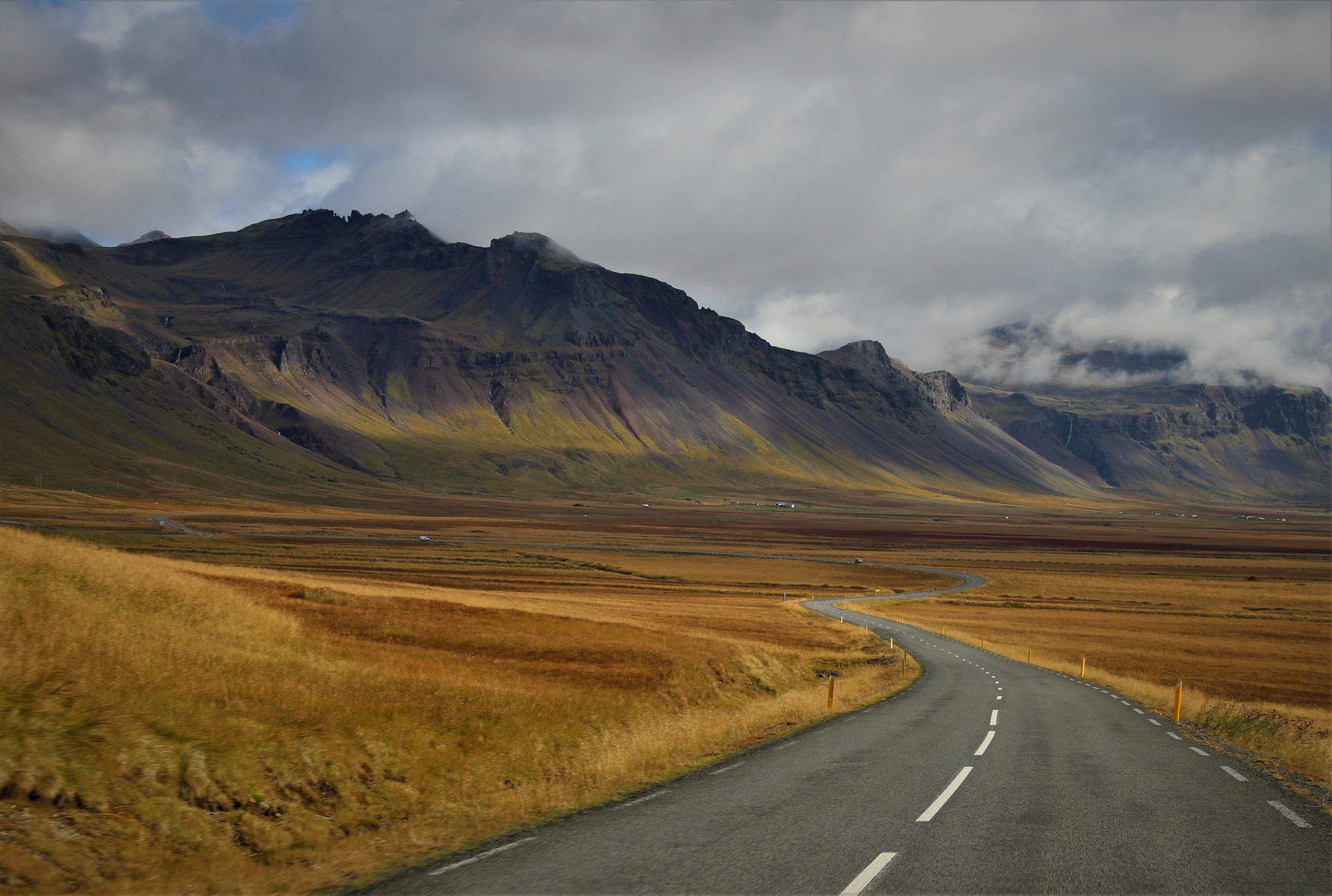An Unconventional Journey: Discovering the Mystique of Dark Tourism
In the vast and diverse world of travel, there's an emerging trend that's both intriguing and, to some extent, unsettling: Dark Tourism. Far from sun-soaked beaches and idyllic hilltops, Dark Tourism plunges travelers into the shadows of history, exploring sites marked by tragedy, sadness, and terror. From nuclear disaster zones to ancient battlegrounds, these are places where humanity's darker side is laid bare.

A Glimpse into the Shadows
Dark Tourism, sometimes called grief tourism or black tourism, has a long and varied history. The concept traces its roots back to the Roman gladiatorial games, where crowds gathered to witness violent, bloody spectacles. Other early examples include pilgrimages to the sites of Christian martyrs’ deaths during the Middle Ages.
In recent years, Dark Tourism has gained traction, transforming into a global phenomenon that blends history, education, and a sense of the macabre. Today, millions of travelers flock to sites like Auschwitz-Birkenau, Chernobyl, The Killing Fields in Cambodia, and Ground Zero in New York, drawn by a morbid fascination, a need to understand, or a desire to pay respects.
The Appeal and Criticisms of Dark Tourism
Dark Tourism’s allure lies in its ability to provide a starkly different travel experience. It allows travelers to connect with history on a visceral level, promoting reflection on human nature, mortality, and the resilience of the spirit. However, it’s not without controversy.
Critics argue that Dark Tourism can be exploitative, turning sites of suffering and death into tourist attractions that can trivialize the tragedies that unfolded there. There’s a fine line between respectful remembrance and voyeuristic entertainment, and it can be challenging to strike the right balance.
The Impact of Dark Tourism
Despite the controversy, there’s no denying the impact Dark Tourism has on its participants. Travelers often report that visiting these sites has profoundly affected them, prompting self-reflection and a deeper understanding of historical events. From an educational perspective, Dark Tourism provides a powerful tool for learning, fostering empathy, and encouraging critical thinking.
Moreover, Dark Tourism can also provide economic benefits for the areas involved, funding preservation efforts and local economies. For instance, visits to the Chernobyl Exclusion Zone support local guides and contribute to the area’s upkeep.
Five Fascinating Dark Tourism Destinations
-
The Catacombs of Paris: A labyrinth of tunnels beneath the city streets, housing the remains of millions.
-
Hiroshima Peace Memorial Park, Japan: A poignant tribute to the victims of the atomic bombing.
-
Pompeii, Italy: An ancient city preserved under volcanic ash, capturing a moment in time.
-
Rwanda Genocide Memorial, Kigali: A heartbreaking reminder of the 1994 genocide.
-
Alcatraz Island, USA: A notorious former prison offering a grim look into the American penal system.
In conclusion, Dark Tourism offers a unique perspective on travel, transporting us to places that have witnessed the darker side of human history. While it’s essential to approach these sites with respect and sensitivity, there’s no denying the powerful impact such experiences can have. Ultimately, Dark Tourism is a reminder of our shared humanity, a testament to our capacity for resilience, and a compelling call to remember and learn from our past.




